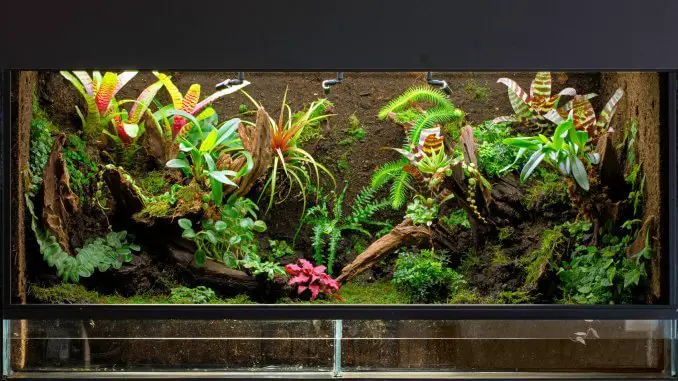
A paludarium is an aquarium that has terrestrial plants as well as aquatic plants and aquatic life.
They are much easier to maintain in comparison to fully aquascaped aquariums because they pretty much look after themselves if you choose the right plants and animal species.
You can include a much wider ranges of creatures in a paludarium than you can in an aquarium. As well as a whole range of freshwater fish you can also include shrimps, newts, crabs and even turtles. For these reasons, paludariums offer many advantages over traditional aquariums.
TABLE OF CONTENTS
What is a Paludarium?
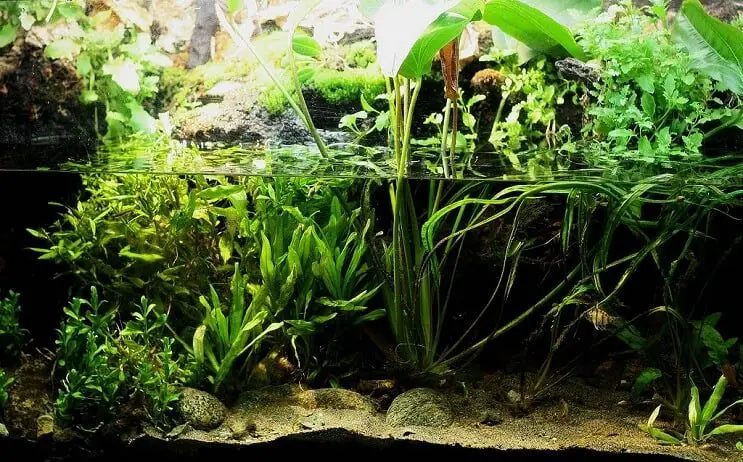
A paludarium is a semi-aquatic habitat, where land and water work together to create a natural environment in which you can include many more creatures than you would in your average aquarium.
It has even been described as ‘living art’.
The aim is to replicate rainforests, wetlands and streams to let hobbyists keep a diverse collection of both land animals and plants, with aquatic animals and plants.
The word ‘paludarium’ comes from the Latin word ‘palus’ which means swamp or marsh and the suffix ‘arium’ which means a receptacle or location. You may have also heard of a vivarium or a terrarium, here are the basic explanations of each one.
- A vivarium comes from the Latin word ‘vivere’ which means, ‘to live’; so technically any home for an animal is a vivarium. More commonly it’s used to describe reptile homes. It is basically the umbrella term for any type of tank.
- A terrarium is a type of vivarium. It is usually dry with low humidity, plenty of plant life, and no aquatic life.
- A paludarium is basically a terrarium with a body of water. It has both aquatic and terrestrial features.
Just to confuse things further, you may have also heard of a riparium, this is typically a setting which mimics the meeting point between water and land, but it doesn’t include any land which is above water level.
You can see the differences between the four of them here:
| Vivarium Type | Water? | Land? | Plants? | Animals? |
| Aquarium | Yes | No | Sometimes | Sometimes |
| Paludarium | Yes | Yes | Yes | Sometimes |
| Riparium | Yes | No | Yes | Sometimes |
| Terrarium | No | Yes | Yes | Sometimes |
The Best Paludarium Tanks
So what features should you be looking for when you’re choosing the best paludarium tank? This really depends on what you want to keep in your tank.
Use this article to help you determine what size tank you need.
Most setups have a waterfall so the tank you’ll choose will need to have enough height and depth to create one. This means they are usually at least 10 gallons, although you can create a small one in a 5 gallon tank.
The rest really is up to you, depending on the types of inhabitants you want to keep in your tank and how many of them.
There is not one specific tank that you need to buy; you can use an aquarium, or a terrarium.
Small Aquarium Ideal for Countertop Paludarium
You could create a small table top paludarium in this 5 gallon tank. It also comes with a hidden filtration system and lights. This would be ideal for beginners to set up a small setting before attempting a larger tank.
50 Gallon Tank Ideal for a Large Paludarium
This aquarium would make a perfect paludarium. There is plenty of space to include a wide variety of plants and animals. It is acrylic which makes it stronger and half the weight of a glass tank of the same size.
Perfect Plants for your Paludarium
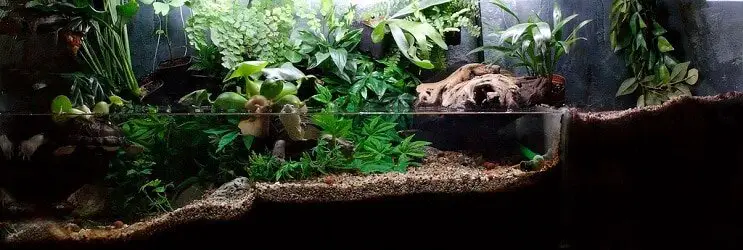
There are a vast amount of plants available for a paludarium; you’ll most likely want to use a few terrestrial species and a few aquatic species. You may also want to include a few semi-aquatic plant species.
When it comes to choosing your plants, this is where you need to make the decision as to how much time you want to dedicate to your tank, and how much maintenance you want to carry out on an ongoing basis.
Most people choose to buy slowly growing plants so they don’t have to trim every week and keep on top of making it look neat and tidy.
The plants you choose will also depend on the purpose and what you want to achieve from your tank. Do you want to create a biotype tank to replicate a certain area in nature where animal and plant species live naturally? If so, you’ll want to research the area you’re trying to replicate and use plants and animals native to that place.
Alternatively, you might just want to create a really beautiful impressive display of plants, not so much minding whether they would actually be seen together in the wild.
When you’re deciding which plants are best to use, also consider them alongside the animals you’re going to include. Some plants might be harmful to certain animals; some may be used as food and will therefore need replenishing.
Here are a few suggestions of plants you might like to include; this list is by no means comprehensive. There are thousands of species of plants which you can use to create a vibrant eco system in your tank.
- Creeping plants and vines such as creeping fig and devils ivy (these plants are great for covering the back wall of the tank).
- Ferns such as boston fern, lemon button fern and holly fern are great space filling plants but grow very quickly.
- Bromeliads are a great addition for dart frogs and are available in a number of different sizes.
- Mosses are also great additions; they can give the tank a lush and dense feel. A popular choice is java moss.
- Orchids work in these ecosystems too. Smaller species are a better choice; they can tolerate humidity, but need to be kept away from the water spray. They’re not as easy to maintain and grow as the other plants listed here, but they make a beautiful addition.
- There are also a number of carnivorous plants such as pinguicula and utricularia. Avoid any carnivorous plants that would eat your terrestrial animals.
- Aquatic plants such as java fern, anubias and cryptcoryne also do well in these settings, as well as floating plants such as salvinia.
Tank Inhabitants for your Paludarium
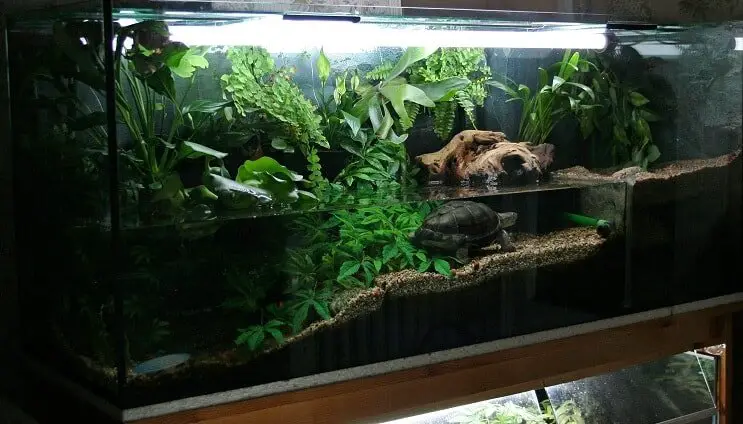
You’ll most likely want to include a mix of aquatic animals and terrestrial animals in your tank.
Most of the aquatic freshwater species that you can keep in an aquarium can be kept in this setup too. You might even find some brackish species work too depending on the overall setup.
Popular fish choices include; celestial pearl danios, gouramis, guppies, mollies and angel fish. Whichever fish you choose, make sure they all thrive in the same pH, temperature and water hardness.
We recommend sticking to one or two species of fish – if you have too many it can end up looking fragmented and bitty.
You can also include snails (nerite and mystery snails are both great options) and shrimp (ghost, cherry and amano shrimp). Snails and shrimps make a good cleanup crew along with fiddler crabs and springtails.
The thing that you need to be careful with is that your land animals don’t view any of the aquatic animals as food, or vice versa.
Ideal land animals in include a large range of amphibians and reptiles such as lizards, frogs and snakes.
It’s important to remember than not all land animals can swim, so you’ll need to provide plenty of land space for these animals and you may even want to use a net on the open sections of the water.
The third type of inhabitant to consider are semi aquatic creatures; these guys are what really makes a paludarium and brings it all together. Examples include turtles such as the yellowbellied slider, fiddler crabs, water dragons, mud-skippers and skink lizards.
How To Set Up a Paludarium
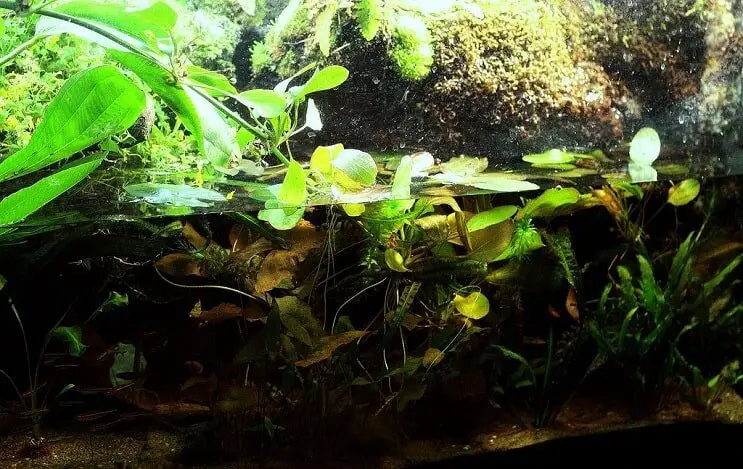
Building the paludarium is the most exciting part, you now get to bring all your ideas to life and create a natural looking environment which your animals can thrive in.
It takes a lot of skill to build a visually attractive setup, hopefully if you’ve followed the sections above you’ll have a good idea about the tank you’re going to use, and the fish/plants you want to include.
You might want to start off with a smaller tank and create a larger one once you have some experience.
The aim is to create something that replicates the natural environment of the inhabitants you want to include. To achieve this, you need to think in layers, ideally in thirds; the canopy, the land and the water.
- The canopy is the top area of your tank. It often includes the plants that grow tall, branches and rocks. This area provides the land-dwelling inhabitants with shelter and shade.
- The land part of your tank is where most of your terrestrial plants will be placed. It is usually built up before water is added, and there are many different options such as rocks, sand, soil and wood.
- The water part of your tank will be much like an aquarium. This space provides a home for all the aquatic life forms and can help to elevate the humidity levels.
The first step in building your setup, is to separate the land and the water. There are a few different options to do this:
- Use a divider to separate the land and water
You can use a divider to create a barrier so that one half of the tank can be land and the other half water. Most dividers are plexiglass and safe to use in tanks. You can use aquarium safe silicone to secure the divider to the tank wall which will provide a leak proof barrier. Make sure anything you use is aquarium safe; there are a number of things you can’t put into an aquarium.
This is an ideal setup for frogs and crabs; you’ll need to install a drain on the land side in case any water overflows.
- Create a floating shelf over the water
PVC plastic is usually used to create a floating shelf. You can either use silicone or an aquarium safe glue to adhere it to the sides of the tank. You can also use supports to hold the shelf in place. Alternatively you can use driftwood or flat pieces of cork.
This set up is perfect for turtles.
- Build the land to above water level
The most popular option is to build the land up before you add any water. As we mentioned before you can use rocks, sand, wood, pots, plastic, or pretty much any material which is safe for aquarium use.
This set up is ideal for fish and amphibians.
Decide where you’d like your land to be and continue building until you have reached your desired height.
Make sure whatever you build is stable and won’t fall down and trap any of your fish.
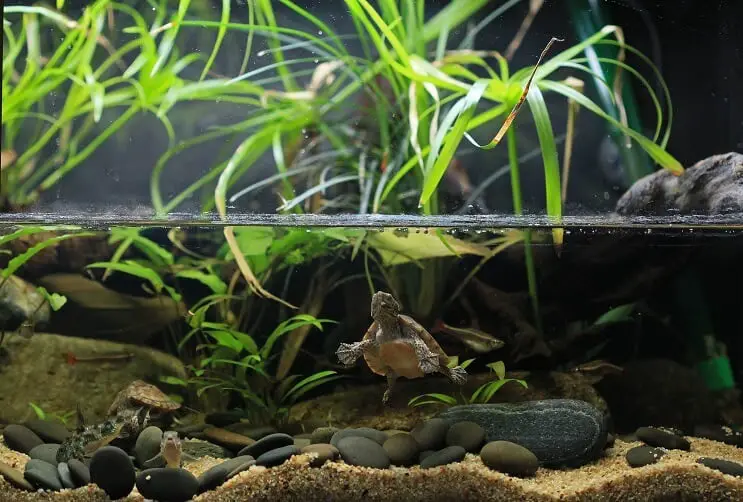
You’ll want to make sure that any artificial things you’ve used to build the land up are covered. A great way to do this is to use foam sealant which is perfect for hiding tubes, pots and plastic.
This foam will expand and you can then carve it to achieve a natural land look.
If you want to build a waterfall into your setup, now is the time to do it. The most common way to do this is to pump the aquarium water to the top of your waterfall. You can use a filter to do this, and place the inlet at the top of the waterfall.
You can create a surface for the waterfall to flow down using wood, rocks or slate.
Next, you can start to add substrate to the aquarium floor; you should use a nutrient rich substrate for your terrestrial plants to grow in. You can follow guidance for setting up a terrarium here.
Then it’s time to position the plants. If you can do this when the tank is dry you’ll be able to move things about and position them easily.
Once the plants are in place, it’s time to add the water. As with a regular aquarium, you’ll need to cycle the tank to establish the proper bacteria which will break down ammonia and nitrites. You can read about the cycling process here.
After your tank is fully cycled, you can add your inhabitants!
Summary
So now you should know what a paludarium is, but the question is; is this the right setup for you?
Perhaps you’ve got experience solely in fishkeeping or keeping reptiles and you’re looking to expand your hobby into something even more exciting.
If this sounds like you, creating a paludarium could be for you.
There are many reasons to keep fish, but expanding into terrestrial animals can bring a whole new and exciting dimension to your hobby.
Do you have any experience in building a Paludarium, or is this your first time? We’d love to hear from you in the comments section below…

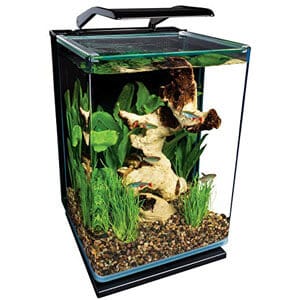
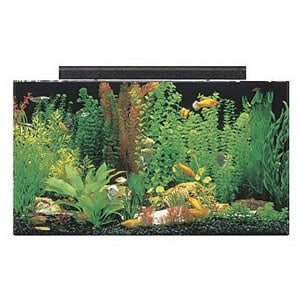
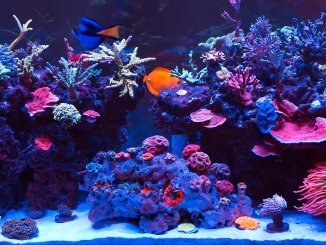

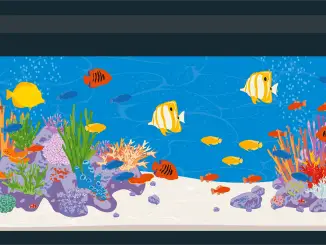
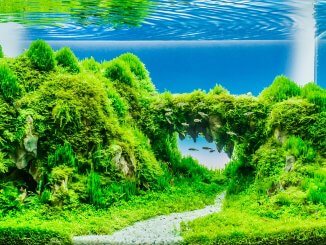
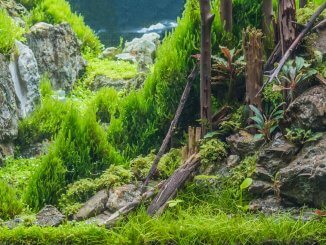
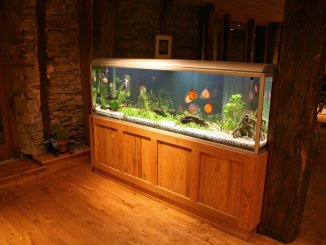
Surely you want to put your filter OUTLET at the top of the waterfall? putting the inlet there would mean your filter wouldn’t function.
It’s going to be my first time to create a Paludarium. I have an aquarium which was vacated already, around 40gal., at first I was only thinking of making a terrarium but is would also dreaming of putting a falls to it. My research led me to know more about Paludarium. Unfortunately we are in ECQ at the moment due to COVID-19, so I only have very limited materials but I still want to try. Hope it works. Learned so much with your article and hope I can apply all those you mentioned. Very informative indeed. Thank you for sharing these. ☺️
Just going to set up a new paladurium in a 5 foot tank excited by the challenge
The 5 gallon countertop you recommended is a terrible choice for a beginner palendarium. You are talking out your ass. The filter works on an overflow at the top. So no space for land unless you don’t use the lid or lights and put the land portion above the tank. Or you lower the water level and can’t use the filter and put the land lower and are paying for a useless empty 2 inch void of unusable filter spacealong the entire back of the tank. Either way you are paying for a bunch of stuff you can’t use for no reason. Why would you recommend that to a beginner? A basic 10 gallon is 10 bucks and much better choice. You could ann in a basic filter that will actually function and a lid with better light and have it be cheaper and twice the size. Fucking figure it out.
Please add information about how to avoid mold in the paludarium. Branches on the land part got covered in mold. Ventilation tips should be included in this guide. :)
What plants work best for a 5 gal tank?
what could i put in a 5 litre tank? Please answer quickly, as I need to start it soon.
Hi, are you talking about five litres or gallons? Because five litres is around one gallon, and not really anything but some plants could live in there. I might be wrong. But no fish should live in a tank that small. I’m not sure about plants, but I’m sure you could do some research and find out.
Hi, what type of plants work best for the land portion? I’m setting up a fifteen gallon vampire crab pal, and I’m not sure what plants would be best for the land side. Any suggestions? Thanks.